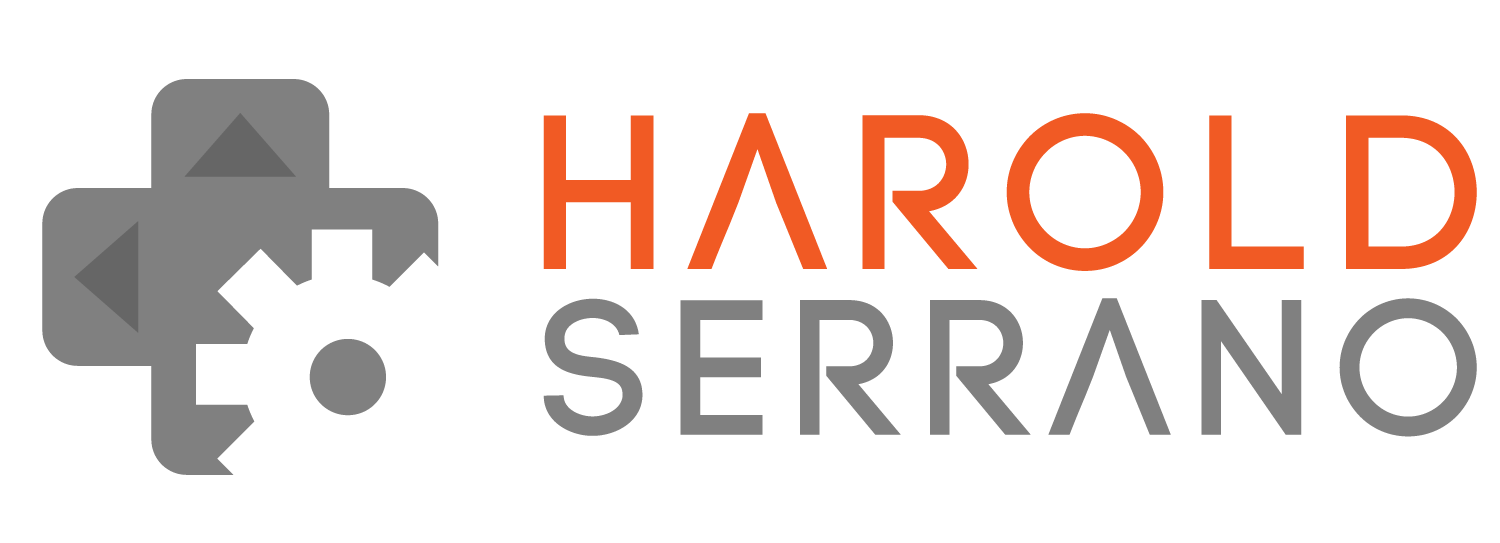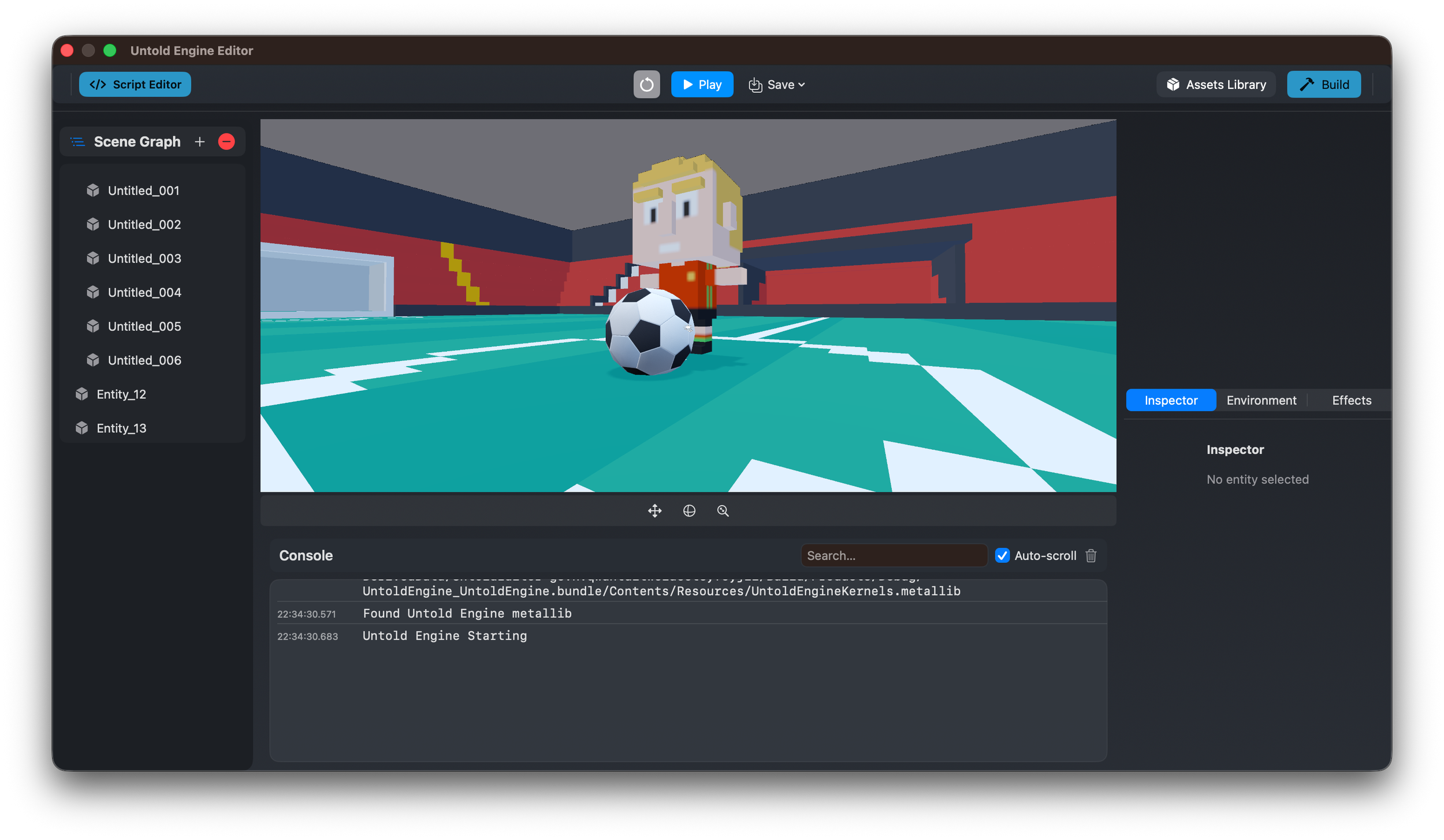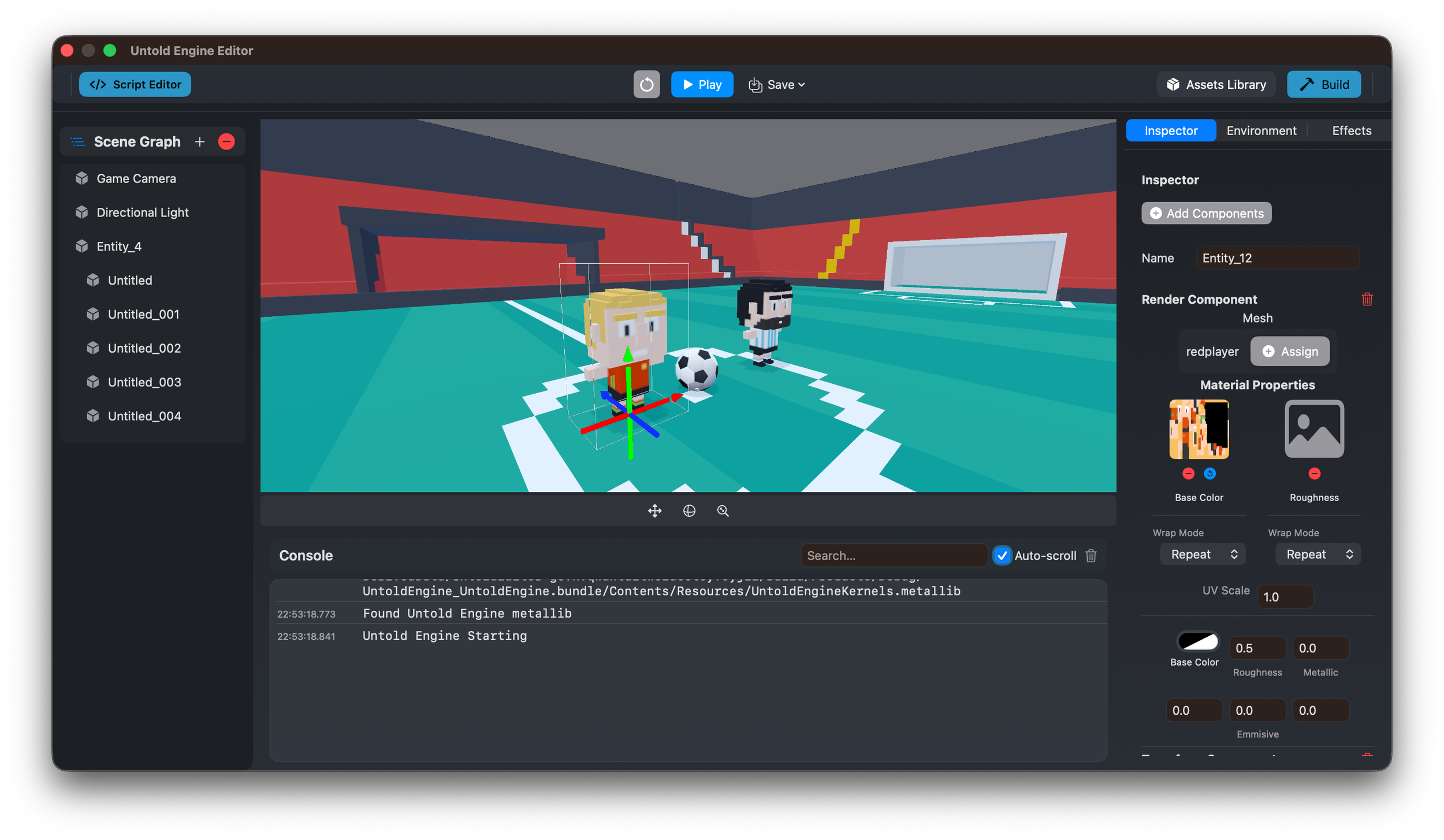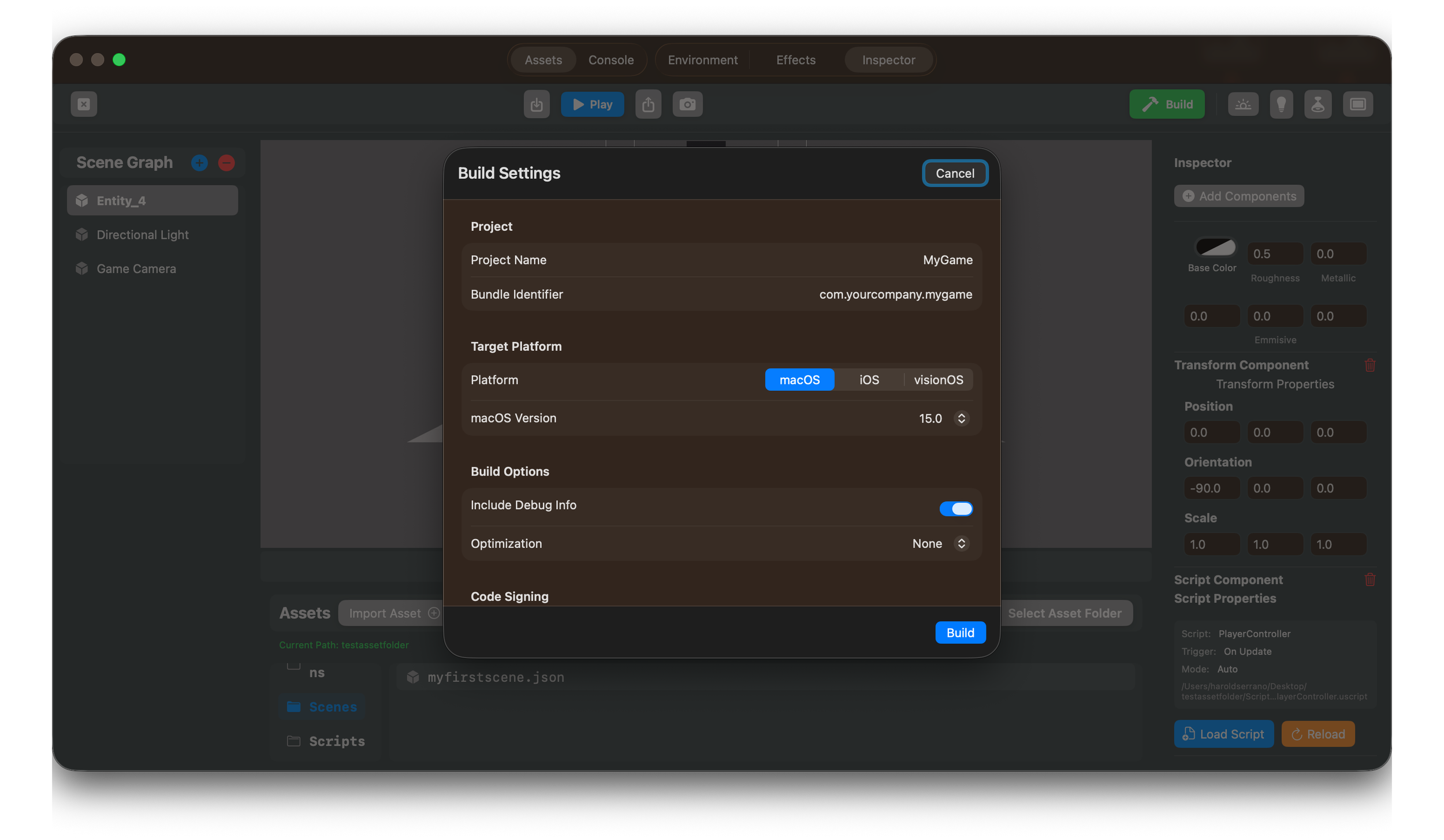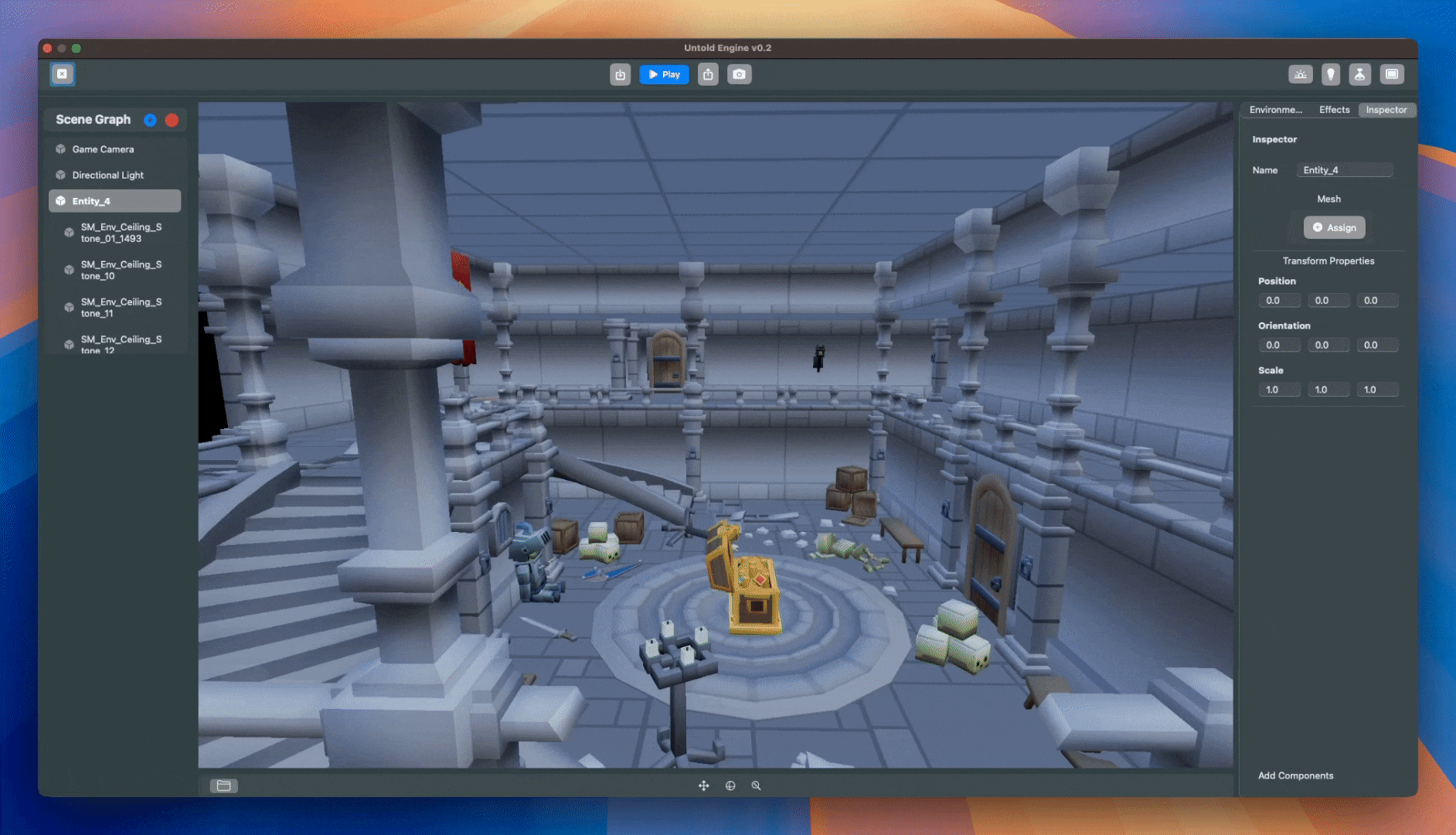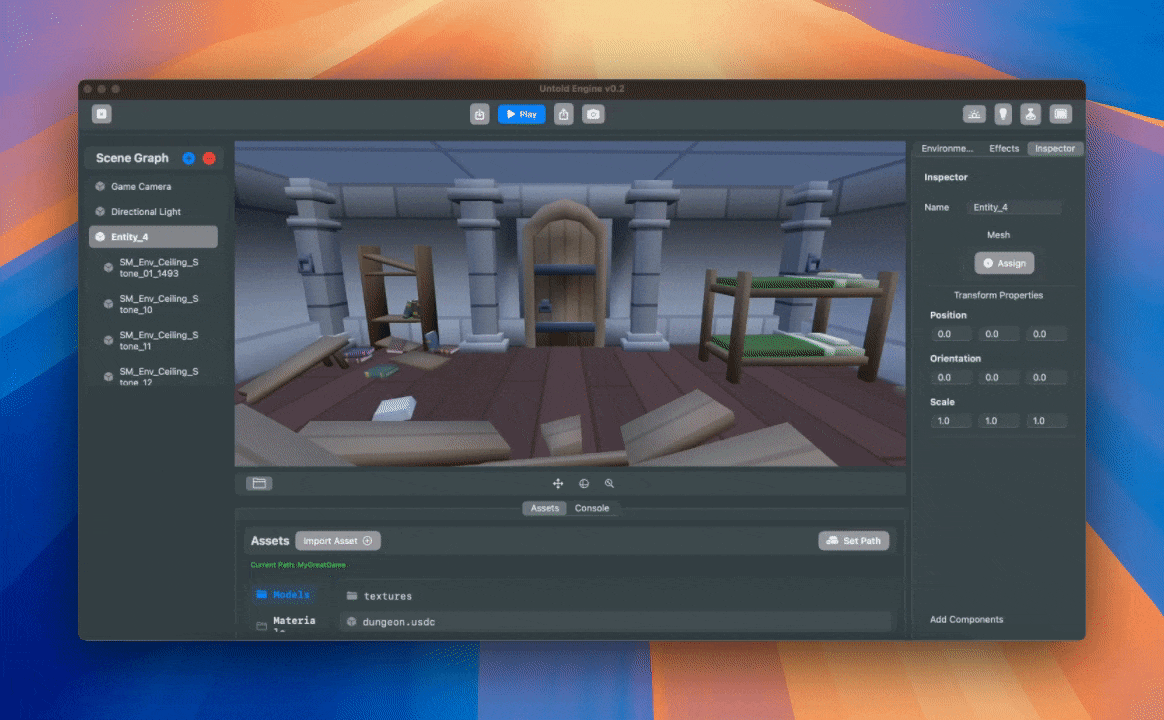I’ve been working on the Untold Engine for nearly 12 years.
I started in 2013, back when I didn’t even know what version control was. The early versions of the engine were crude, fragile, and limited—but seeing it improve, fix by fix, was deeply motivating.
There were many points along the way where I wanted to quit. Days where I was tired of touching the engine at all. At one point, I stopped entirely for about six months before coming back.
What I learned over time is that building a game engine isn’t technically hard in the way people expect. The real difficulty isn’t math, rendering, or architecture—it’s consistency. Showing up every day after the excitement wears off. Continuing when motivation is gone.
That’s the part most people underestimate.
I eventually realized something about myself: I’m not a good engineer because I write good code. I’m a good engineer because I don’t leave problems unfinished. I stay with them. I’ve done that since I was a kid—I just didn’t recognize it until much later.
That persistence is the reason Untold Engine still exists today.
After rebuilding the engine twice—from C++ to Swift—the project is finally reaching a point where it feels grown up. Today, I’m releasing Untold Engine Studio, the first bundled desktop release of the Untold Engine ecosystem.
This release exists for one reason: to remove friction.
With Untold Engine Studio, developers can:
- Download a single DMG and start immediately
- Skip repository cloning and local build setup
- Create and manage projects from a standalone app
- Work visually with scenes, assets, and entities
- Iterate quickly using Play Mode and Scripting language
From the beginning, my focus has been user experience. I’m not trying to compete with Unreal on performance or Unity on market share. My goal is simpler—and harder: to build a tool that feels intuitive, stable, and dependable. Something that doesn’t fight you. Something that just works.
That’s not easy. It requires constant iteration and restraint. But this release is a meaningful step in that direction.
If you’re curious, I encourage you to download Untold Engine Studio and try it for yourself. Your feedback—good or bad—is genuinely valuable, and you can share it through the Untold Engine GitHub issues.
I’ve also invested a significant amount of time in documentation to make getting started easier, and I hope it helps.
As 2025 comes to a close, I’m proud of where Untold Engine is today. I have ambitious plans for 2026, and I’m excited to see how much further this project can go.
Thank you for reading.
